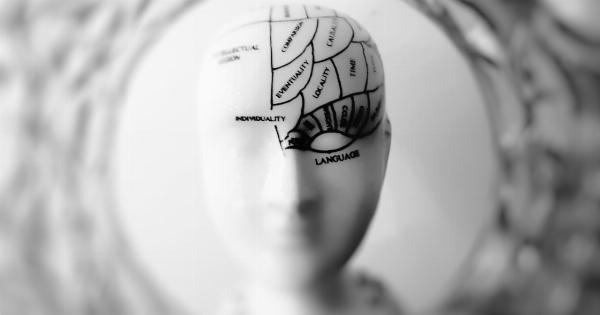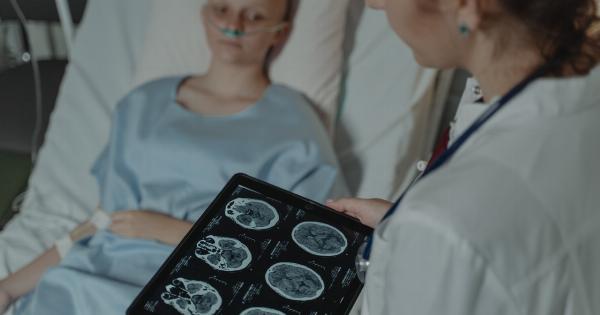Headaches are a common complaint, with almost everyone experiencing them at some point during their lifetime. In many cases, headaches are benign and caused by factors such as dehydration, stress, lack of sleep, or tension in the neck muscles.
However, frequent or severe headaches should be evaluated by a healthcare professional to determine the underlying cause. In this article, we will discuss some of the common causes of frequent headaches that fall under ENT (ear, nose, and throat) specialists’ scope.
1. Sinusitis
Sinusitis is the inflammation of the sinus cavities located in the face and head. It can cause mild to severe headaches depending on the severity of inflammation.
The headaches caused by sinusitis can be especially painful due to the sinus cavities’ proximity to the brain. Other symptoms of sinusitis include a runny nose, facial pain, congestion, fever, and coughing. Treatment options for sinusitis include antibiotics, decongestants, and nasal saline rinses.
2. Sinus Headache
Sinus headaches are headaches caused by the sinus cavities’ pressure due to infections or allergies. These headaches are usually accompanied by symptoms such as facial pressure or pain, nasal congestion, and postnasal drip.
Sinus headaches are usually managed by treating the underlying cause of pressure and inflammation in the sinuses through medications and saline nasal rinses.
3. Allergies
Allergies can cause headaches due to nasal congestion and inflammation caused by an immune response to allergens. Frequent exposure to allergens such as pollen, dust, and animal dander can lead to chronic sinusitis, which can cause headaches.
Treatment options for allergies include avoiding allergens, medications, and allergy shots.
4. Ear Infections
Ear infections can cause pain and headaches in the ear, jaw, and head areas. This pain can be especially severe in children, older adults, and people with weakened immune systems.
Treatment options for ear infections include antibiotics, ear drops, and over-the-counter pain relievers.
5. Temporomandibular Joint Disorder (TMJ)
Temporomandibular joint disorder (TMJ) is a condition that affects the jaw joint, causing pain, inflammation, and headaches. TMJ can cause severe headaches, neck pain, and difficulty chewing or yawning.
Treatment options for TMJ include jaw exercises, pain medication, and in severe cases, surgery.
6. Migraines
Migraines are a type of recurring headache that are usually accompanied by nausea, sensitivity to light and sound, and visual disturbances. Migraines can be caused by a variety of factors such as stress, hormonal changes, and certain foods or drinks.
Treatment options for migraines include pain medication, preventative medication, and lifestyle changes such as avoiding triggers and stress reduction techniques.
7. Tension Headaches
Tension headaches are the most common type of headache. They are usually caused by tension in the neck and scalp muscles due to stress, poor posture, or poor sleep.
The pain of tension headaches is usually described as a band-like pressure or tightness around the forehead or back of the head. Treatment options for tension headaches include medications, stress reduction techniques, and posture improvement.
8. Cluster Headaches
Cluster headaches are rare but very painful recurring type of headache. Cluster headaches occur in cycles, with a person experiencing regular attacks of excruciating pain on one side of the head.
These headaches are accompanied by symptoms such as nasal congestion, eye redness or tearing, and facial swelling. Treatment options for cluster headaches include medication and oxygen therapy.
9. Cranial Neuralgia
Cranial neuralgia refers to severe headache or facial pain caused by inflammation of the nerves around the head and face. This can be caused by conditions such as shingles, trigeminal neuralgia, or trauma to the nerves.
Treatment options for cranial neuralgia include medication and nerve blocks.
10. Brain Tumor
Brain tumors can cause frequent headaches, especially if they are located in the brain’s thalamus or frontal lobe. These headaches are usually accompanied by additional symptoms such as seizures, changes in vision, or difficulty speaking.
Brain tumors are diagnosed through imaging tests and biopsies. Treatment options for brain tumors include surgery, radiation therapy, and chemotherapy.




























